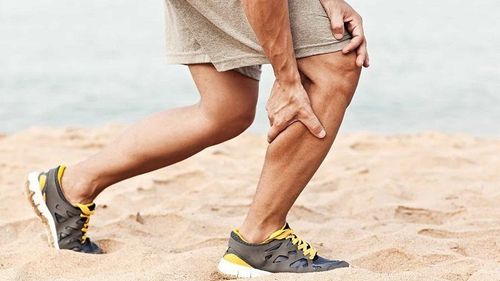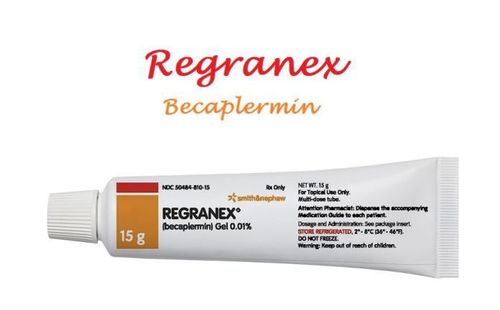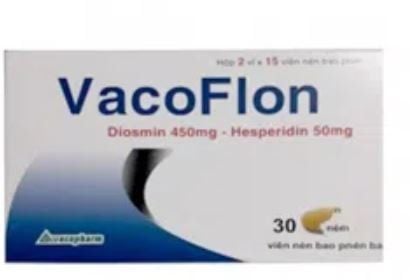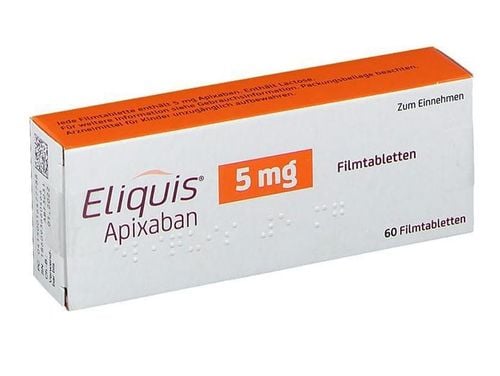This is an automatically translated article.
The article was professionally consulted by Master, Doctor La Thi Thuy - Cardiovascular Center - Vinmec Central Park International General Hospital.Occupying a significant proportion of the population is female subjects, the disease tends to increase with age. If venous insufficiency is not treated early, many consequences affect the patient's quality of life, a few of which can be life-threatening.
1. What is venous insufficiency?
Chronic venous insufficiency is a disease that often causes lower extremity edema, skin changes, and discomfort due to increased venous pressure in the lower extremities. This is a common disease, causing reduced quality of life and reduced work productivity.Chronic venous insufficiency can occur in any vein in the body. However, the disease most often occurs in the leg veins due to the long, complex leg vein system often subject to great pressure.
Trắc nghiệm: Bạn có hiểu đúng về huyết áp cao không?
Huyết áp cao còn được gọi là kẻ giết người thầm lặng vì bệnh thường không có triệu chứng. Thiếu hụt kiến thức về huyết áp cao có thể làm cho tình trạng bệnh trở nên trầm trọng hơn. Dưới đây là những câu hỏi trắc nghiệm vui giúp bạn hiểu đúng về bệnh cao huyết áp.2. Pathology
Chronic venous insufficiency is caused by reflux or blockage of blood flow in the veins. Chronic venous insufficiency can develop from impaired venous valve function. In all cases, the result was increased venous pressure in the lower extremities.Superficial valve dysfunction is usually due to a weakness or abnormality in the valve structure or varicose veins that prevent the venous valve from functioning normally. In some cases, valve dysfunction is congenital or can also be the result of trauma, prolonged standing, hormonal changes, blood clots.
Deep vein dysfunction is often due to pre-existing deep vein thrombosis leading to inflammation, valvular scarring, and lumen stenosis. Perforation of the venous valve allows high pressure to enter the superficial venous system leading to valve dilation, rendering the superficial venous valve unable to close.
Regardless of the cause, elevated venous pressure results in pain, edema, and small vein disease. Some patients have permanent hyperpigmentation due to hemosiderin deposition when red blood cells escape from surrounding tissue. Many people will also develop scleroderma, a condition in which the skin thickens due to fibrosis of the subcutaneous fat. As the disease progresses, microcirculation is disturbed, the weakening of the skin layer can form ulcers.
3. Causes and factors of venous insufficiency
Causes of venous insufficiency can be divided into primary (70%) and secondary (30%).Primary causes are usually congenital defects or changes in the biochemistry of the vein wall. The study showed a decrease in elastin, increased remodeling of the extracellular matrix, and inflammatory infiltration. These changes result in loss of venous integrity promoting venous wall dilation and venous valve dysfunction.
Secondary cause is a consequence of deep vein thrombosis that stimulates an inflammatory response that damages the venous wall. Regardless of the cause, persistent venous insufficiency causes increased venous pressure. The most common irreversible cause is female gender, May-Thurner syndrome (nonthrombotic iliac venous pressure). Other risk factors include: smoking, obesity, pregnancy, prolonged standing, deep vein thrombosis, and vein damage.
Risk factors for venous insufficiency of the lower extremities:
Advanced age History of venous thrombosis of the lower extremities Sedentary lifestyle Contraceptive use Leg trauma High blood pressure.

Thừa cân cũng là một trong những yếu tố nguy cơ làm suy tĩnh mạch
4. Recognizing symptoms
4.1 Early stage
Discomfort in calves, heaviness in legs, sometimes with crawling, burning sensations Calf cramps often occur at night Swelling around the ankles, evident in the evening Capillaries and superficial veins in the legs Pain and numbness in the legs Symptoms increase in the evening, after standing for a long time and decrease after waking up, after resting, elevating the legs, applying cold...
4.2 Later stage
Formation of venous thrombosis causes the following symptoms: Superficial vein thrombosis: The vein is prominently visible to the naked eye, warm and hard to the touch along the vein, very painful and may be accompanied by redness of the skin. . Superficial venous thrombosis is less likely to cause complications and potentially life-threatening consequences.
Deep vein thrombosis: Legs are hot, red, swollen, painful, itchy, may bleed, secondary infection. Deep vein thrombosis can be life-threatening because the thrombus can detach and travel up to the lungs, causing a pulmonary embolism.
Foot dystrophy: The skin is edematous, thickened, may scab, ooze, and change color Foot ulcer: Appears very painful sores, initially shallow ulcers, then deepens and widens, easy to superinfection bacteria.
5. Complications of chronic venous insufficiency
Untreated disease causes complications that can affect quality of life and can be life:Deep vein thrombosis Pulmonary embolism (blood vessel blockage in the lungs) is dangerous and highly fatal Chronic pain and leg ulcers Secondary lymphedema.
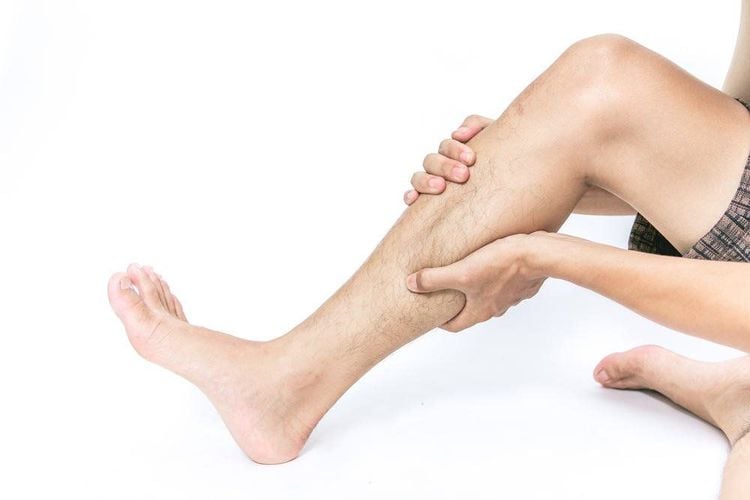
Huyết khối tĩnh mạch sâu là biến chứng của suy tĩnh mạch
6. Varicose veins treatment methods
Patients with chronic venous insufficiency should be treated according to the severity and nature of the disease. Treatment goals include: Reducing discomfort, reducing edema, stabilizing skin appearance, eliminating varicose veins, treating ulcers (if present).6.1 Medical treatment
Change living habits to limit standing or sitting for a long time, increase exercise
Wear pressure socks: Wear continuously during the day to limit stagnant blood flowing back, reduce edema.
Use of drugs: Pain relief, anti-inflammatory, analgesic, increase stability of blood vessels, dissolve blood clots...
Adjust weight.
6.2 Injecting
When the varicose veins are small and localized6.3 Surgery
Removal of varicose veins, valve repair, vein shaping,......7. Examination and treatment of venous insufficiency at Vinmec
Vinmec International General Hospital treats varicose veins for patients with a scientific treatment regimen with the support of modern equipment. Hybrid operating room is equipped with advanced equipment such as DSA angiography machine, anesthesia machine with the most closely integrated patient hemodynamic monitoring software (PiCCO system, entropy,...).Therefore, the Hybrid operating room can meet the requirements of surgery and angioplasty, coronary stenting, aortic stent graft, open heart surgery, heart valve replacement for congenital heart diseases with minimal modern technology. most invasive, safe, help patients recover health soon.
Team of highly qualified cardiologists who have been trained and certified to perform the technique.
Vinmec has included the package of lower extremity venous insufficiency examination to help customers who suspect the disease or have symptoms of the disease to receive an in-depth examination to determine the disease status.
Venous insufficiency progresses slowly in its early stages, so it is difficult to recognize symptoms, so patients with risk factors such as multiple pregnancies, work or have to sit for a long time, stand for a long time or have any Any symptoms of the disease should be diagnosed and treated early to bring more efficiency and avoid complications of the disease.
Please dial HOTLINE for more information or register for an appointment HERE. Download MyVinmec app to make appointments faster and to manage your bookings easily.




